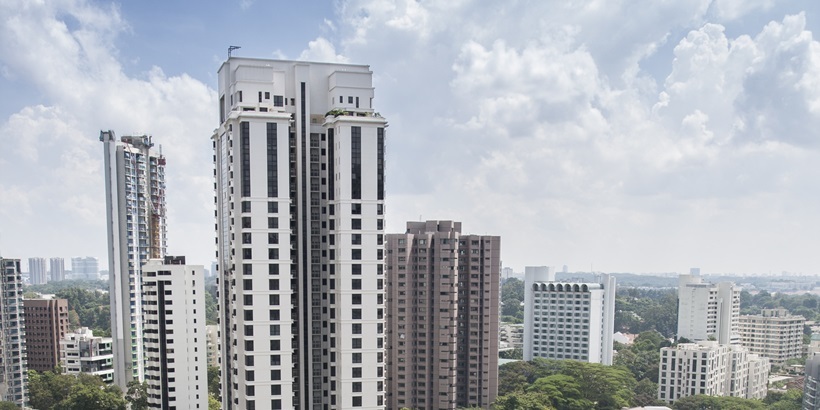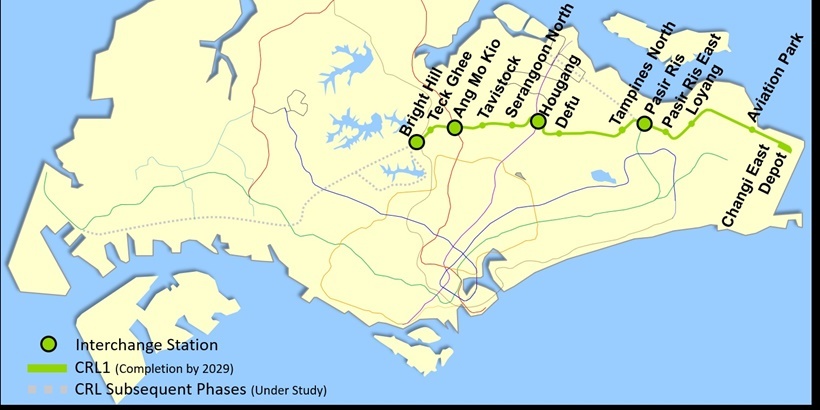For the whole of last year, landed home prices rose by 6.3 per cent, and private apartment and condominium prices by 8.3 per cent.
Cooling measures introduced on July 6 last year saw the additional buyer's stamp duty (ABSD) raised and loan-to-value limits tightened.
Analysts are divided over the direction of private home prices this year. Some see growth slowing because of the cooling measures and a large supply pipeline, while others see prices supported by new launches in the prime or core central region (CCR). OrangeTee & Tie research and consultancy head Christine Sun sees price growth slowing significantly.
"Many new projects are currently priced at the 'sweet spot'. If the global economy does not deteriorate drastically and the job market remains healthy, overall prices are likely to remain flat or rise marginally this year," she said.

Last year's growth was largely fuelled by pent-up demand, attractive new launches and a positive economic outlook.
"We estimate that overall private home prices could potentially climb by 3 per cent in 2019, in line with economic growth - barring any unforeseen events," said Ms Tricia Song, head of research for Colliers International, Singapore.
Prices of non-landed properties in the prime district fell by 1 per cent in the fourth quarter due largely to soft resale transactions, Ms Song said, compared with a 1.3 per cent gain in the third. But prices of new launches such as 8 Saint Thomas, New Futura and Marina One Residences held up. New Futura units sold at a median price of $3,238 per sq ft (psf) in the fourth quarter, up from $3,226 psf in the third.
"We expect CCR home prices could climb by 5 per cent in 2019, supported by demand for prime district homes," she said.
Meanwhile, prices in the city fringes or rest of central region (RCR) rose by 1.8 per cent, compared with the 1.3 per cent drop in the previous quarter.
"Woodleigh Residences was launched at a benchmark $2,000 psf," Ms Song said. "We estimate that RCR private home values could possibly rise by 3 per cent in 2019 due to new launches such as the former Normanton Park (privatised housing estate) and former Park West (condo)."
Prices in the suburbs or outside central region (OCR) rose by 0.7 per cent, compared with a 0.1 per cent decline in the third quarter.
"Given the substantial pipeline of new supply - such as the 2,225-unit Treasure at Tampines and 1,410-unit The Florence Residences - we expect prices in (the suburbs) to remain flat in 2019," Ms Song said.
For last year, prices of non-landed homes in the CCR, RCR and OCR rose by 6.7 per cent, 7.4 per cent and 9.4 per cent, respectively.
For the fourth quarter, developers sold 1,836 private residential units (excluding executive condominiums, or ECs), down from 3,012 units in the previous quarter.
For the whole of last year, new home sales fell 16.8 per cent to 8,795 units - the worst drop since a 6.3 per cent fall in 2012 after the first round of ABSD.
Mr Desmond Sim, head of research at CBRE Singapore & Southeast Asia, noted that in addition to 35,649 unsold units (including ECs) with planning approval, there is a potential supply of 9,800 units from government land sales sites and awarded collective sale sites that have not been granted planning approval.
"CBRE expects the bulk of these will be launched this year, with some spillover into 2020," he said.








